The views expressed in our content reflect individual perspectives and do not represent the authoritative views of the Baha'i Faith.
In February of 2020, the Cherokee Nation became the first tribe in U.S. to send heirloom seeds to the global seed vault in Norway. The Nation’s news release said:
TAHLEQUAH, Okla. – The Cherokee Nation is the first tribe in the United States to receive an invitation to deposit its traditional heirloom seeds to the Svalbard Global Seed Vault, a long-term seed storage facility housed deep inside a mountain on a remote island in Norway.
The Cherokee Nation Secretary of Natural Resources office collected nine samples of Cherokee heirloom crops to send to Svalbard, including Cherokee White Eagle Corn, the tribe’s most sacred corn, which is typically used during cultural activities, and three other varieties of corn grown for consumption in distinct locations to keep the strains pure. Other seeds sent to the seed bank include Cherokee Long Greasy Beans, Cherokee Trail of Tears Beans, Cherokee Turkey Gizzard black and brown beans, and Cherokee Candy Roaster Squash.
All nine varieties sent to the seed bank predate European settlement.
“This is history in the making, and none of it could have been possible without the hard work of our staff and the partnership with the team in Norway,” said Cherokee Nation Principal Chief Chuck Hoskin Jr. “It is such an honor to have a piece of our culture preserved forever. Generations from now, these seeds will still hold our history and there will always be a part of the Cherokee Nation in the world.” – Ibid.
Christopher Buck: So I have a three-part question for you, Kevin: Beyond the physical seeds that germinate plants, is there such a thing as traditional heirloom spiritual “seeds” that could be “a piece of our culture preserved forever?” If so, should those spiritual seeds be taught as part and parcel of our global spiritual heritage? Finally, how does the Baha’i perspective relate to this question?
Kevin Locke: Much of the current U.S. population lives in the ancestral homelands of the historic Mound Builder civilization – around the Great Lakes and in the Mississippi and Ohio River valleys. Those cultures, including the Calusa, Adena, Hopewell and Mississippian cultures, made the monumental earthworks that still surround us and remind us of a rich spiritual heritage. Many of those earthworks, the ones not assiduously removed to make way for modern agriculture and development, are burial mounds.
The sacred seeds from the Cherokee Nation are a direct legacy of this land’s foundational civilizers – the holy souls who enriched this land through divine laws, teachings and prophecies. Many of these heavenly teachings concern the sanctity and continuity of the soul.
Corn especially represents a physical manifestation of the soul’s mysterious spiritual reality. The holy revelators brought the divine gift of corn and taught how to properly care for it. This Baha’i prayer, often associated with children, perfectly portrays the spiritual dimension of corn and other divinely revealed horticultural knowledge, including squash, beans, etc.:
O God! Educate these children. These children are the plants of Thine orchard, the flowers of Thy meadow, the roses of Thy garden. Let Thy rain fall upon them; let the Sun of Reality shine upon them with Thy love. Let Thy breeze refresh them in order that they may be trained, grow and develop, and appear in the utmost beauty. Thou art the Giver. Thou art the Compassionate. – Abdu’l-Baha, Baha’i Prayers
The beloved souls lovingly and ceremoniously “planted” within the burial mounds surrounding us are analogous to the sacred seeds that the divine messengers taught Indigenous people to plant in mounded gardens. The “rain,” “Sun of Reality” and “breeze” symbolize the universal heavenly injunctions, laws, prayers, virtues that the child must receive as they are “trained,” “grow,” “develop” and “appear in the utmost beauty.”
When the corn reaches the height of a man, it produces a sweet, nutritious fruit that has been the foundation of civilization on this land for thousands of years. The Huŋká or Corn Dance is a divine ordinance bestowed to create the spiritual infrastructure and relationship to allow for the soul to mature to produce the fruit – those divine human attributes – that will in turn provide spiritual sustenance for the well-being of humankind.
The mounds with the seeds of the departed souls planted within represent the growth of the soul in the heavenly realms, whose fruit continues to shine, waft and rain down eternal blessings.
CB: Would you agree, Kevin, that an important, if not the most important, key to traditional spiritual legacies are the teachings, where preserved, of the various “Indigenous Messengers of God” – especially in connection with this important Baha’i statement:
The principle of collective trusteeship creates also the right of every person to expect that those cultural conditions essential to his or her identity enjoy the protection of national and international law. Much like the role played by the gene pool in the biological life of humankind and its environment, the immense wealth of cultural diversity achieved over thousands of years is vital to the social and economic development of a human race experiencing its collective coming-of-age. It represents a heritage that must be permitted to bear its fruit in a global civilization. – “The Prosperity of Humankind,” Baha’i International Community
Previously you’ve also cited this key statement: “At the most profound depth of every culture lies veneration of the sacred.” – The International Teaching Centre, “Growth of the Cause in Rural Communities,” August 21, 1994. So why does the legacy of the “Indigenous Messengers of God” matter? Does preserving such legacies for posterity also promote, in some way, local and global prosperity?
KL: For thousands of years, here in North America, we can attribute every wondrous blessing to the influence of the divine educators. They planted the seed of faith in the hearts of the various peoples, which effloresced into a plethora of wonderful civilizations. Acknowledgement of these divine educators was the milieu in which my mother, Patricia Locke, was raised. Little wonder that she was devoted to restoring due recognition to these holy souls.


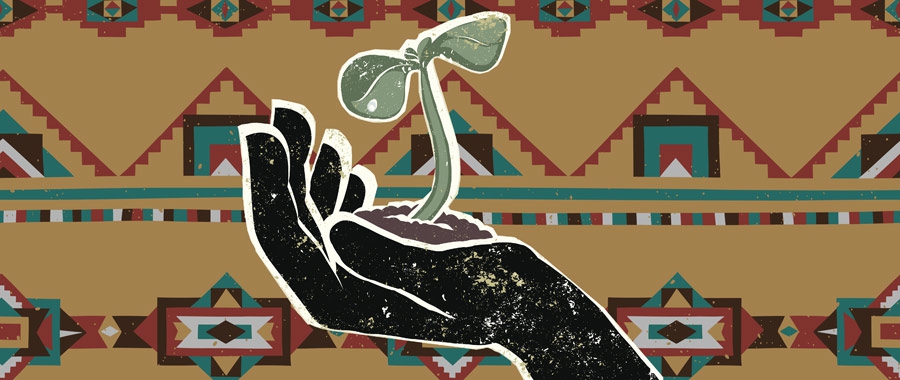
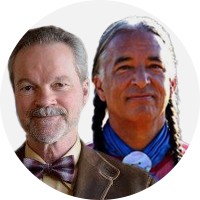

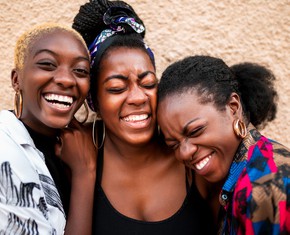

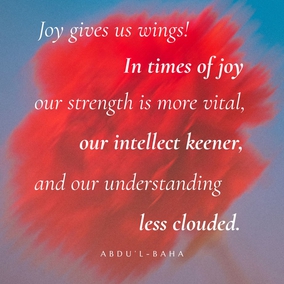
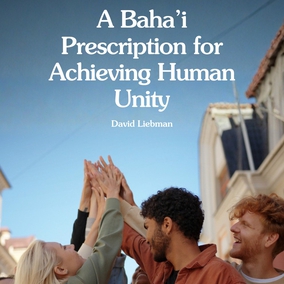
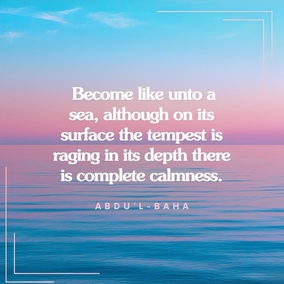
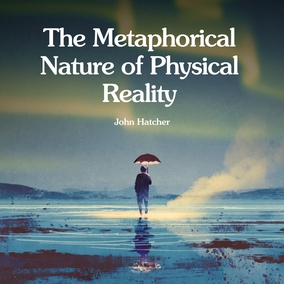
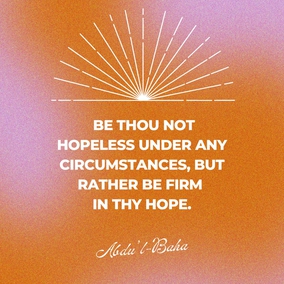
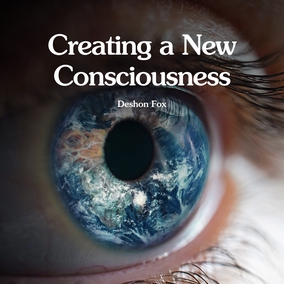



Comments
Sign in or create an account
Continue with Googleor